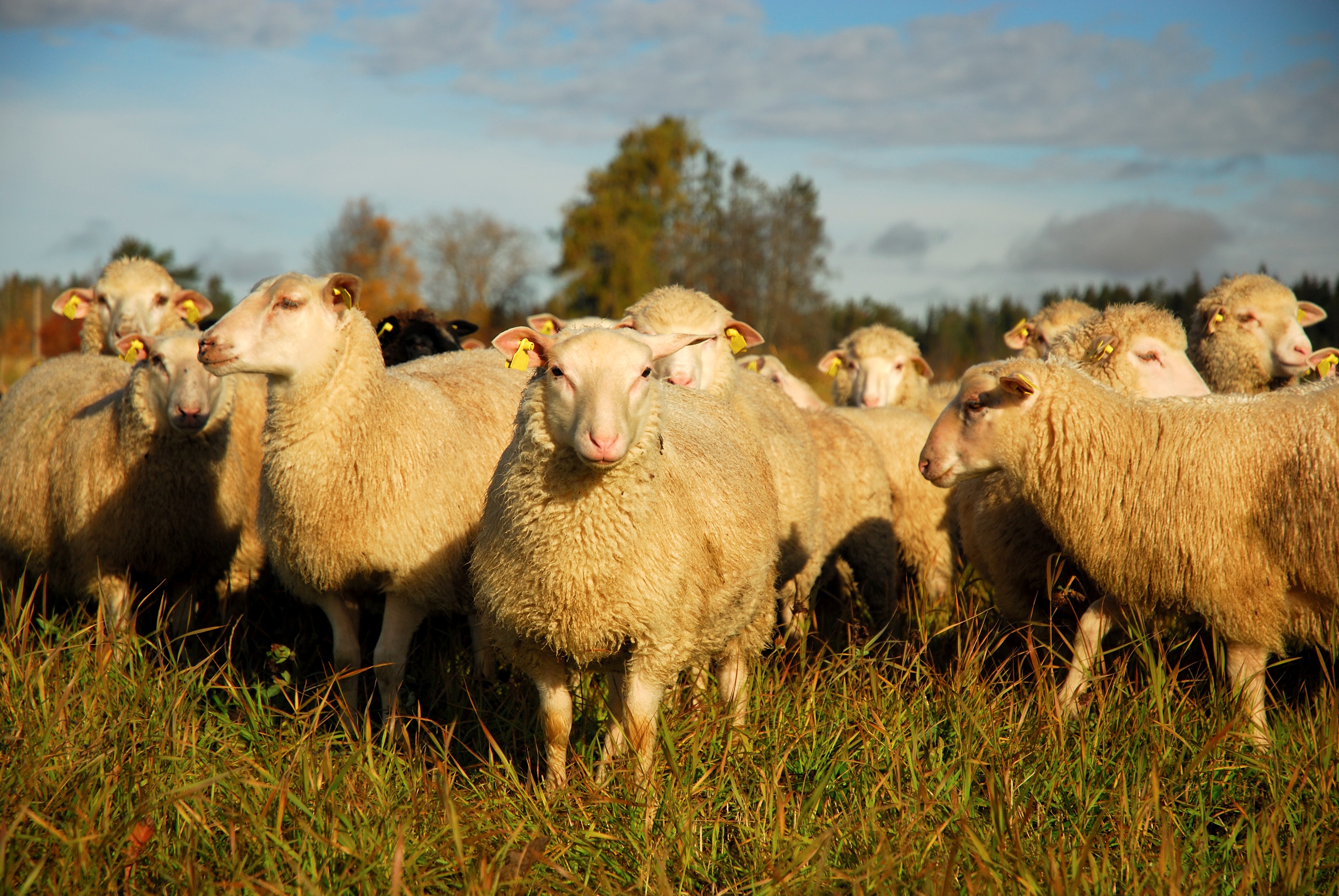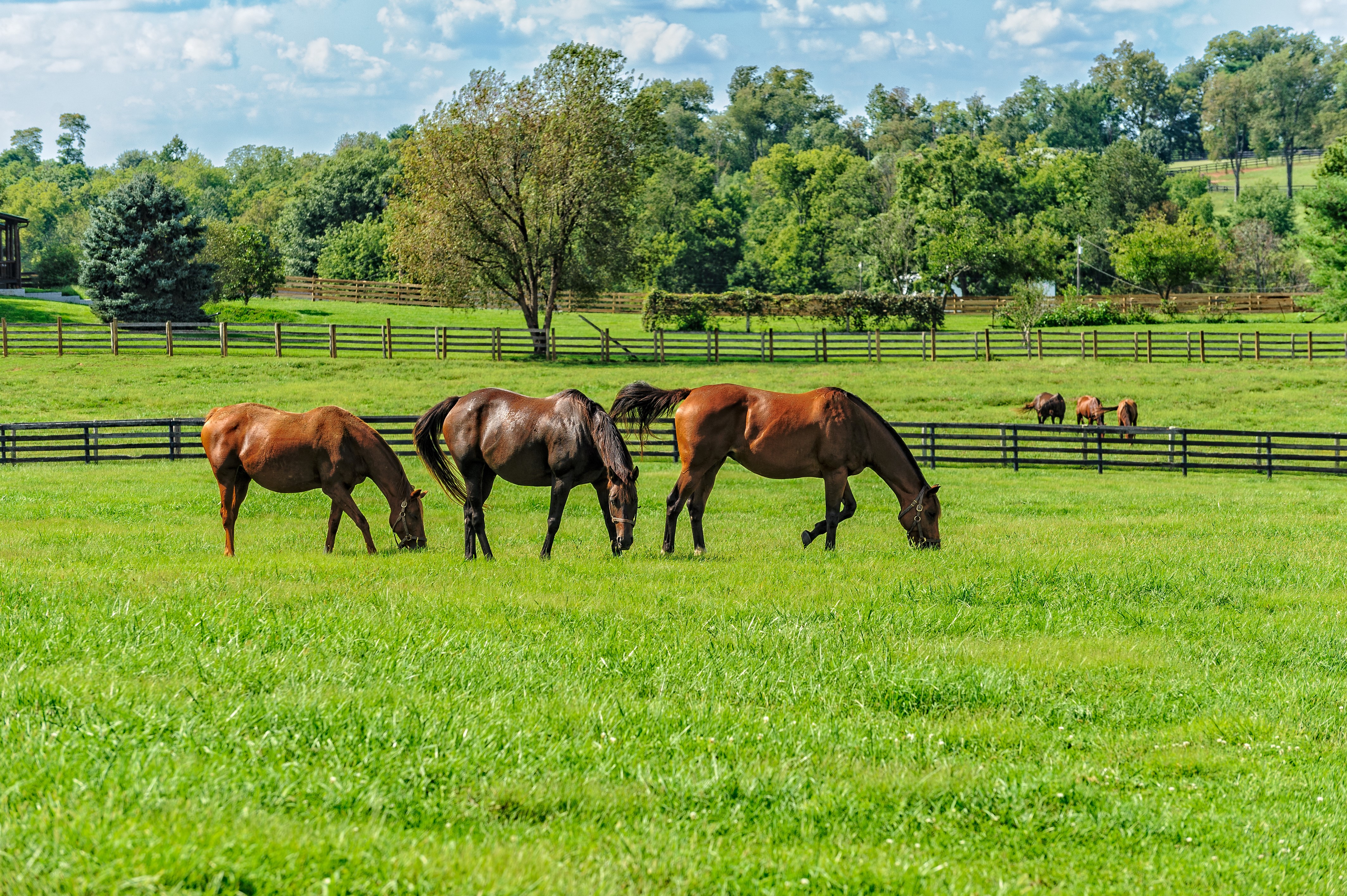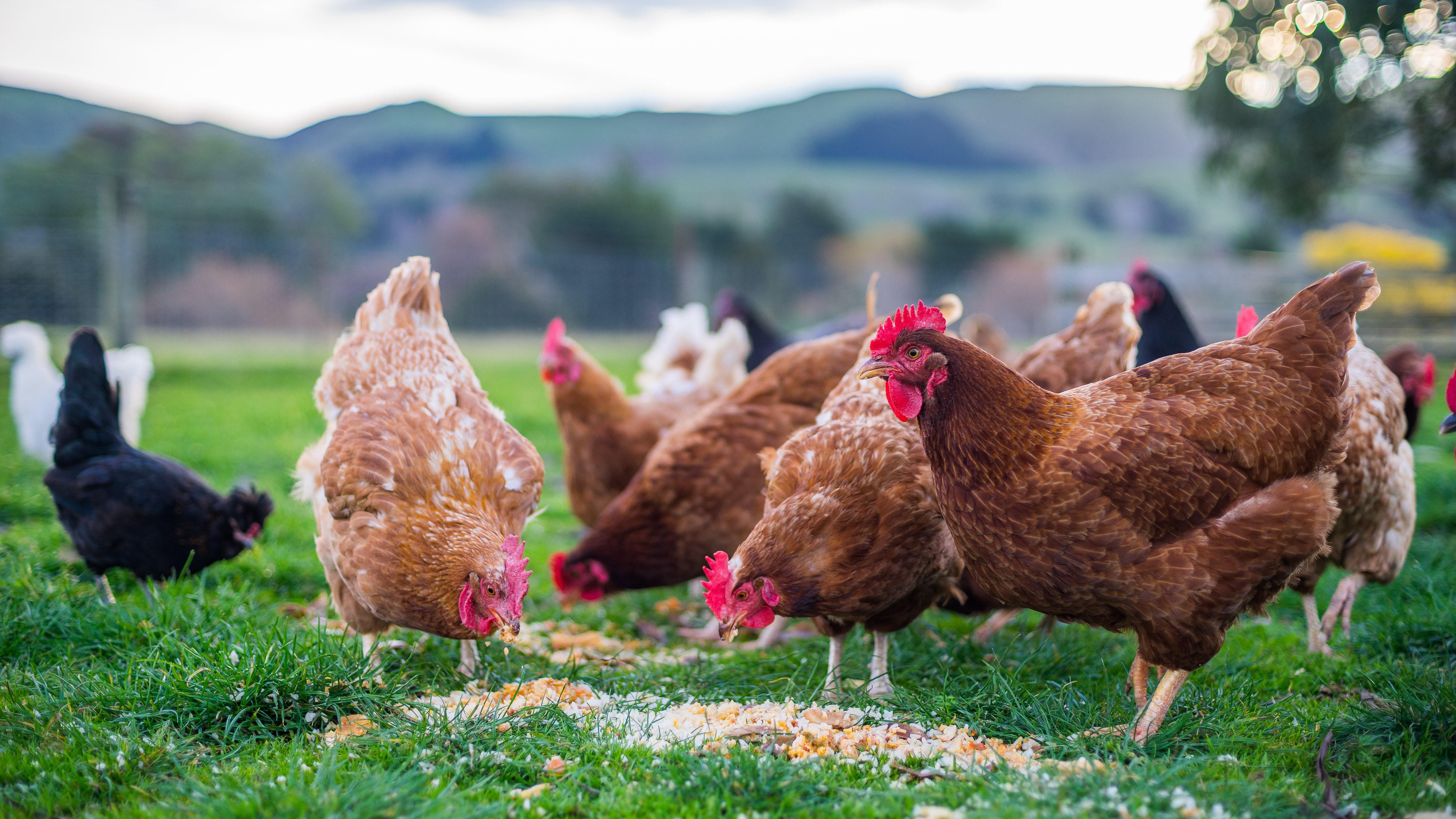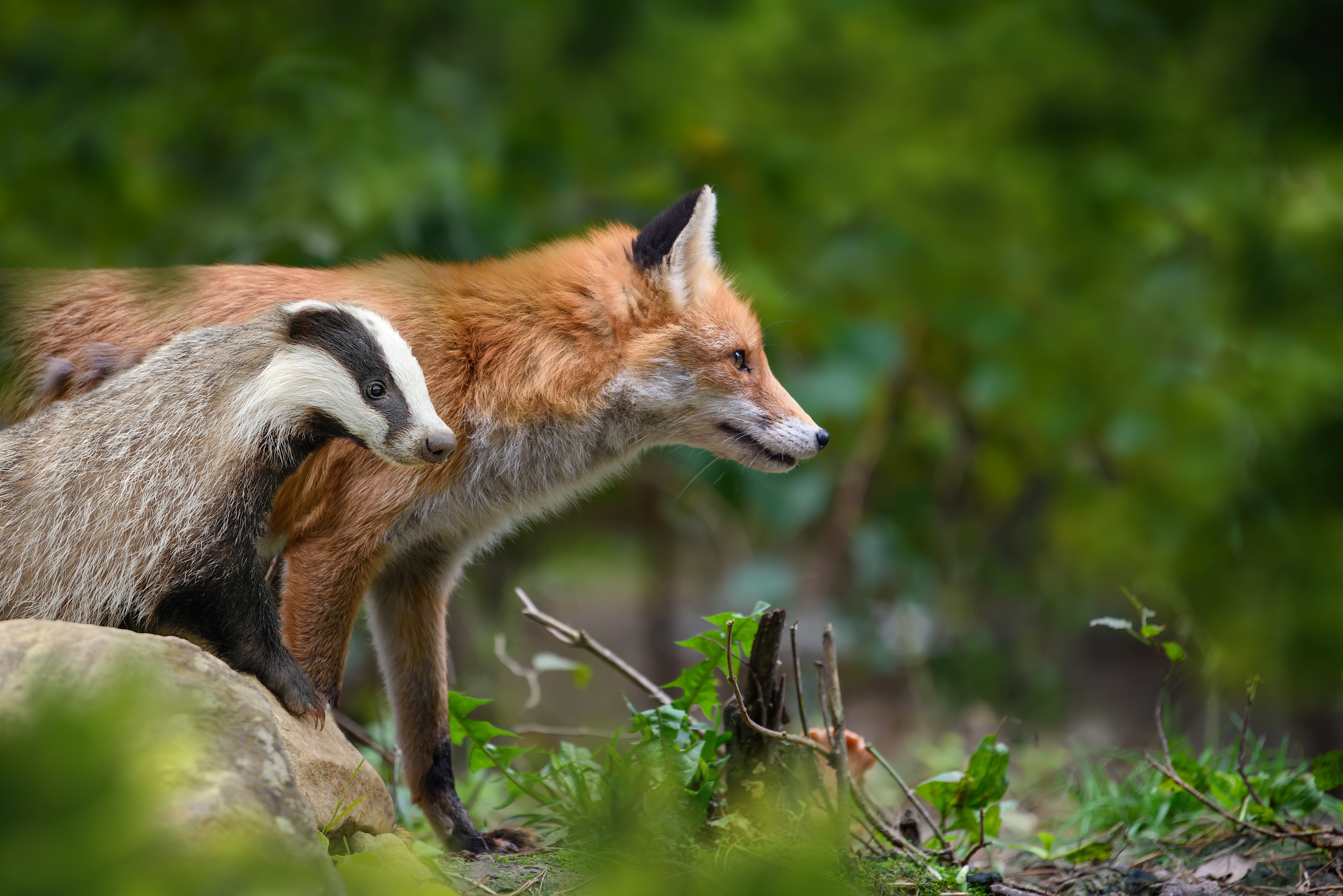Haemonchus contortus, Kilkenny, May 2020
Haemonchus contortus or “barber’s pole worm” has been diagnosed as the cause of death of a ewe from a flock in County Wexford. The carcase of the ewe was submitted to Kilkenny Regional Veterinary Laboratory, which is operated by the Department of Agriculture, Food and the Marine (DAFM).
The ewe was submitted from a farm in county Kilkenny, with a history of pale gums and conjunctivae (potentially indicating significant blood loss). Numerous Haemonchus contortus worms were found in the abomasum (fourth stomach) of the ewe. A faecal sample from the ewe contained an estimated 24,000 strongyle eggs per gram of faeces. Since H. contortus are prolific egg-layers, the high FEC was consistent with haemonchosis as the cause of death.
Haemonchus contortus most commonly affects sheep and goats, but can also affect cattle. It is often called the ‘barber’s pole worm’ due to its resemblance to a red and white barber’s pole when the intestine is full following a blood meal. The red intestine spirals round the pale uterus of the female giving the ‘barber’s pole effect’. The adult worms have a piercing lancet which facilitates extraction of blood from the blood vessels of the abomasum. The host becomes ill due to the blood feeding activities of the adult and developing larvae. Each worm can remove about 0.05ml of blood per day so sheep and goats with 5000 H. contortus worms may lose about 250ml daily; but even much lower worm burdens can cause enough blood loss to cause disease. Typical signs of infestation include paleness of gums and conjunctivae, swelling under the jaw (bottle-jaw), increased rate and depth of breathing, and an increased heart rate. Clinical signs can also include sudden death in very acute cases, and ill-thrift in chronic cases. Diarrhoea is not a typical feature of the disease.
There is little effective immunity to H. contortus so, unlike the case with some other parasitic diseases, adults are also at risk of haemonchosis. Control and prevention relies on regular faecal egg counts, pasture management and strategic anthelmintic use. In temperate climates like Ireland’s, H. contortus does not tend to survive the winter in large numbers on pasture. The principal way in which it survives in flocks over winter is through the persistence of larvae in a hypobiotic (dormant) state in the gut of the host. This feature lends itself to the development of anthelmintic resistance in H. contortus worms, and so resistance is a common feature in flocks affected by the parasite.
The larvae of H. contortus develop more rapidly and successfully, and have better survivability over winter, at warm temperatures. Accordingly, the disease is much more prevalent and causes greater losses in tropical and subtropical areas than in temperate climates. With the prospect of warmer temperatures and milder winters in Ireland due to climate change, it is to be expected that the prevalence of haemonchosis will increase in the years ahead, and that outbreaks causing substantial losses will become more common.
Farmers are advised to contact their private veterinary practitioner to discuss diagnosis, treatment and control in greater detail if they suspect haemonchosis in their flocks or herds.
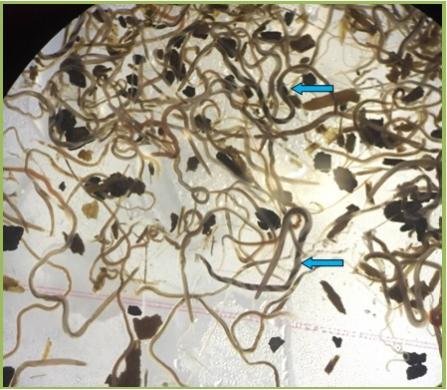
Figure 1. Haemonchus contortus worms recovered from a sheep carcase in Kilkenny. Note typical barber’s pole appearance
